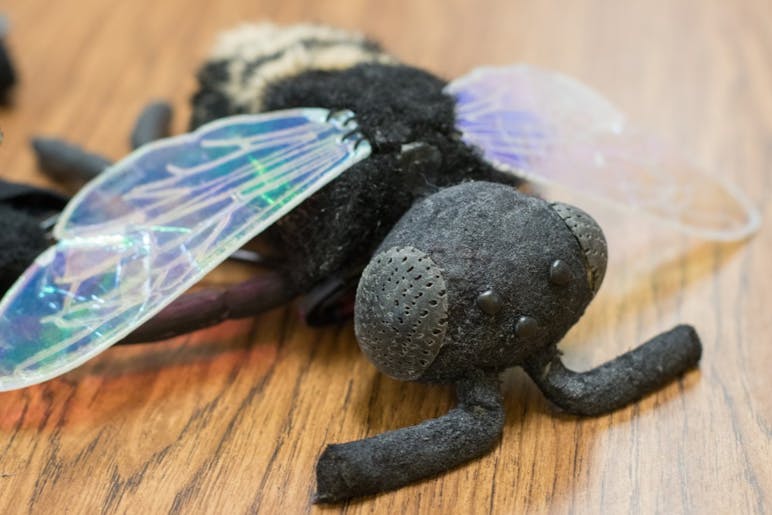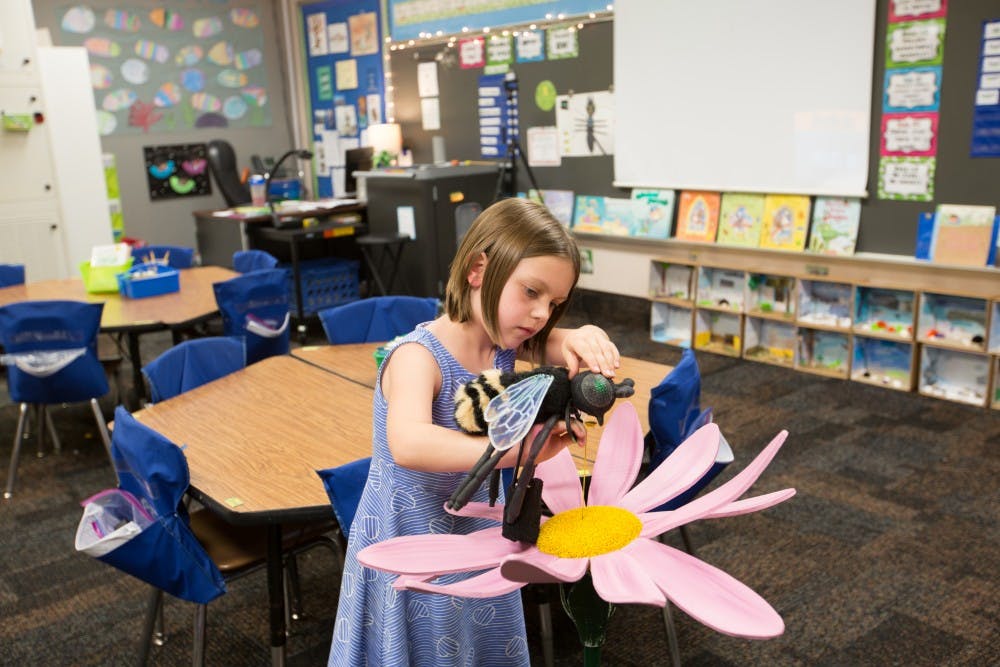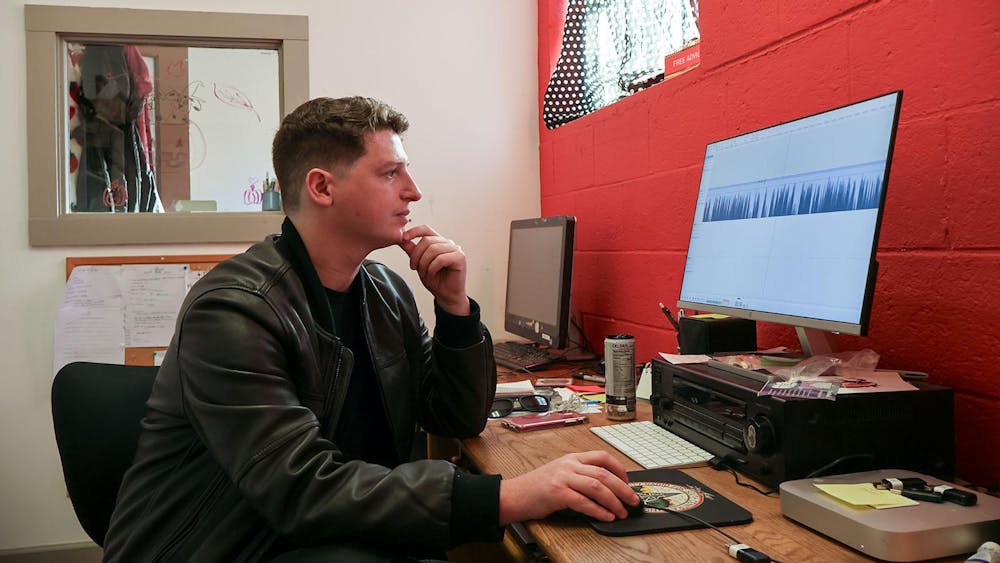IU researchers are encouraging elementary students, especially first and second graders, to play with bees and ants. Except the bees and ants are actually just 3D sensors the kids can wear to help them learn about biology.
These sensors are part of a system invented by IU researchers Kylie Peppler, Joshua Danish and Armin Moczek called BioSim.
Peppler said in an IU press release BioSim was created to help students understand complex systems and how they work. An example of two systems working together is how a bee spreads the pollen from a flower, a process required for both.
BioSim allows students to either wear bee puppets on their wrists or play with ant-shaped plush toys during class. Students are able to take the perspective of the insect while they play.
"Their goal is to collect food as efficiently as possible and communicate with the community to make sure others can also collect food efficiently," Peppler said in the release. "There's lots of smiling, giggling, exclaiming and collaborating. At other times, the students watch simulations on a projection screen, pointing out things they are noticing and explaining why they are happening."

Peppler said even adults can have a difficult time grasping the full complexity of systems operating around them and the bee- and ant-shaped sensors are just another way to try and learn about biology and other specific systems.
"Introducing these ideas through cool topics like insects and incorporating embodiment and perspective-taking can set the stage for these students to be able to learn about complex systems more deeply throughout their lives," she said.
Peppler, Danish and Moczek are writing papers for peer-reviewed journals and analyzing the effectiveness of BioSim.
"We find that the addition of these puppets and plush toys creates opportunities for high-quality learning and engagement," Peppler said. "Not only have elementary students learned about social insects, but they are beginning to think about complex systems and apply this understanding in other areas."






